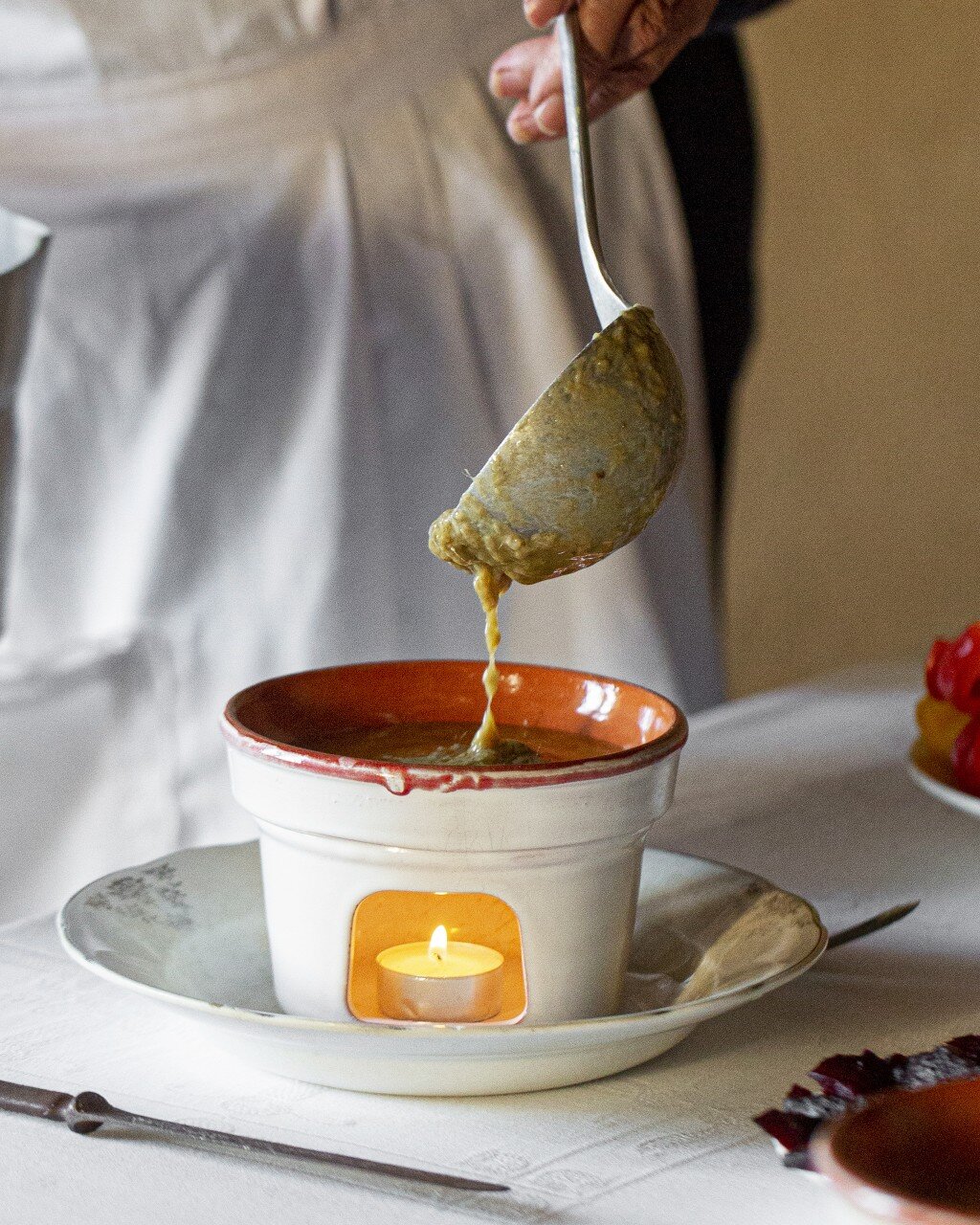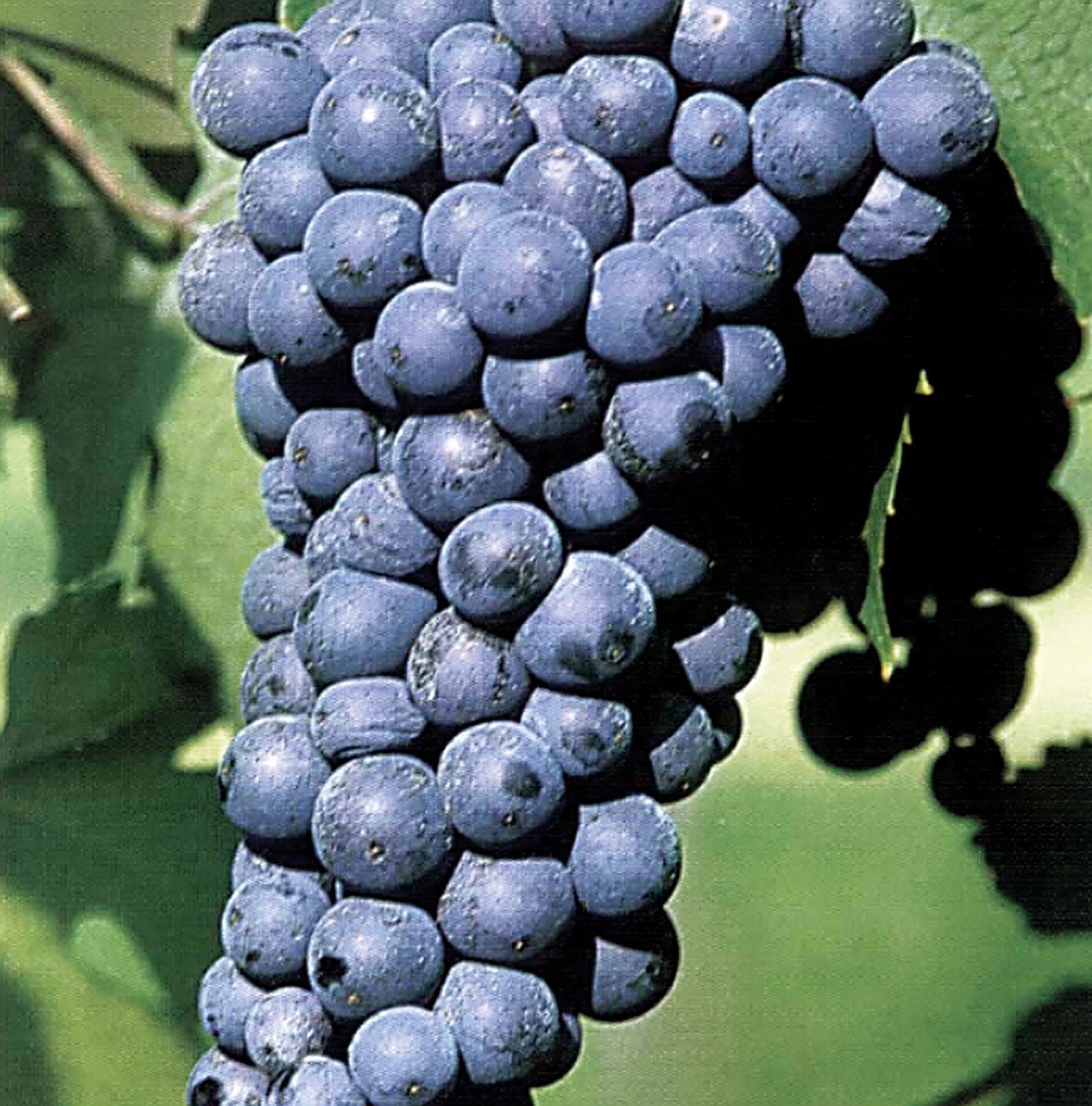Very common, particularly in the Langhe and Monferrato, in the provinces of Cuneo, Asti and Alessandria, Dolcetto is one of Piedmont’s typical grape varieties and it is cultivated in varying scale more or less throughout the region. This red grape variety is mentioned for the first time in a historical document of the Municipality of Dogliani (CN), dated 1593, in which it is recommended to farmers to pick the grapes before they ripen. It was later mentioned in a scientific publication edited by Conte Giuseppe Nuvolone Pergamo, at the time Deputy Director of the Agrarian Society of Turin, who in 1798 described its ampelographic quality, identifying the area of cultivation primarily around Acqui and Alessandria. This grape variety is not particularly robust or resistant to disease, as Dolcetto prefers rich calcareous marl, usually at altitudes of between 250 and 600 m above sea level, but it can also mature over 700 m. The name probably derives from the Piedmontese term "Dosset", which refers to the particular softness of the pulp and its soft character, but the wines made from it are exclusively dry and very dry, young, with modest acidity, making them particularly suitable for everyday consumption.
DOLCETTO GRAPE
Berry colour: black.Productivity: good, but not always constant.
Leaf: small, five-lobed, with red colouration near the petiole.
Bunch: pyramidal, elongated, with medium-sized berries, round and blue, almost black colour.
Ripening: mid September.
Wines: Dolcetto di Diano d’Alba o Diano D’Alba Docg, Dolcetto d’Alba Doc, Dolcetto d’Asti Doc, Dolcetto d’Acqui Doc, Dolcetto di Ovada Superiore o Ovada Docg, Dogliani Docg, Colli Tortonesi Dolcetto Doc, Langhe Dolcetto Doc, Monferrato Dolcetto Doc, Piemonte Dolcetto Doc.



